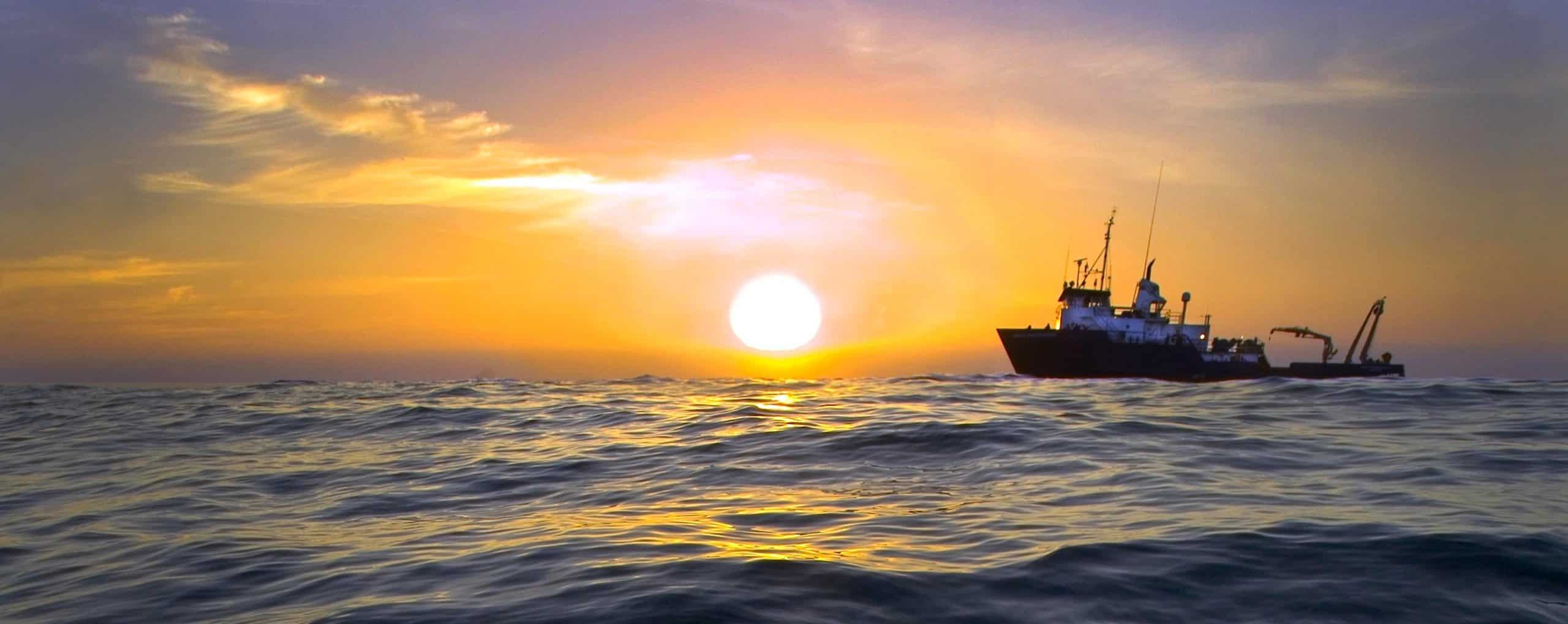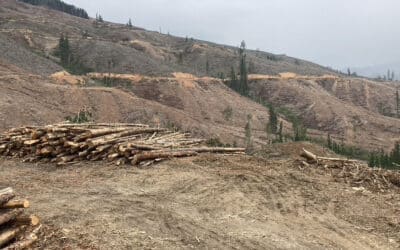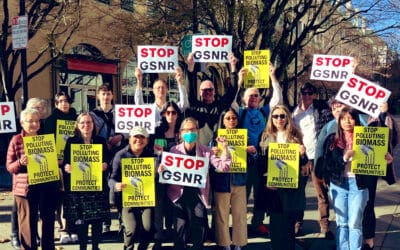Geoengineering Monitor April 2024 newsletter. Want to receive our newsletters by email? Sign up here.
Three weeks ago today state and industry representatives came together in Barcelona for the Ocean Decade Conference, a multilateral UN event aiming to “create a new foundation to strengthen sustainable ocean management and drive science-based innovation.” There was one glaring omission from the agenda: Marine Geoengineering.
In recent years there has been a rapid increase in the number of geoengineering experiments taking place in the open ocean and other marine environments globally. These range from altering the chemistry of seawater to make it absorb more carbon dioxide (Ocean Alkalinity Enhancement (OAE)), dumping wood and seaweed into the ocean so that it sinks to the sea floor (biomass sinking) and covering Arctic ice with billions of hollow glass balls to reflect sunlight (Arctic ice management).
Carbon markets are the principal driver behind many of these experiments and are incentivising the deployment of Marine Geoengineering projects at increasingly larger scales. Numerous companies cite the lucrative potential of selling carbon – and now “cooling” – credits to polluting industries looking to offset their emissions. For example, 1,000 seaweed-covered buoys were recently sunk in exchange for carbon credits sold to tech company Shopify, and aviation giant Boeing has signed an agreement to buy credits from a company that uses a highly resource and energy-intensive process to draw carbon dioxide out of the atmosphere and into the ocean. Another project is planning to sell cooling credits based on a scheme that pumps seawater onto sea ice in order to increase its albedo.
Despite the rapid roll-out of Marine Geoengineering projects there are still serious concerns about the impacts that they will have on marine environments. Furthermore, the science simply doesn’t back-up claims made by companies that their technologies can safely remove carbon from the atmosphere or effectively reflect sunlight back into space. In fact, numerous studies show that Marine Geoengineering projects could actually have the opposite effect of what they are trying to achieve, such as biomass sinking projects that could lead to the production of methane, a much more potent greenhouse gas than carbon dioxide.
Geoengineering Monitor has just published extensive new updates on the status of more than 50 Marine Geoengineering schemes world-wide, providing an up-to-date assessment of the principal forms of Marine Geoengineering, their likely impacts and the direction they are heading in. These updates focus on the three main categories of Ocean Alkalinity Enhancement, biomass sinking and Arctic ice management, but also include other schemes such as spraying iron salt aerosols over oceans, and growing algae in seawater-filled ponds to then bury in landfill sites (and sell carbon credits in the process, of course).
In case you missed it, ETC Group also recently published The Seaweed Delusion, which breaks-down why the kind of industrial seaweed production proposed by many Marine Geoengineering projects will not cool the climate or save nature. You can keep up with all the latest geoengineering developments globally by going to the Geoengineering Map, which covers literally hundreds of projects and companies, and on the Geoengineering Monitor website, where regular technology updates are published.
This article was originally published in the Geoengineering Monitor April newsletter, to receive our newsletters directly to your inbox please sign-up here!
Carbon market-driven experiments in the open ocean endanger the marine environment

OAE experiments and commercial-scale projects aiming to remove carbon dioxide from the atmosphere by reducing the acidity of seawater are proliferating in open ocean, coastal and nearshore areas globally. The promise of generating revenue through the sale of carbon credits is the driving force behind many OAE projects, and pre-purchase agreements for offsets have already been signed, including with Boeing.
Dumping biomass in the open ocean is an unproven carbon removal strategy, but that hasn’t stopped companies from selling carbon credits from it
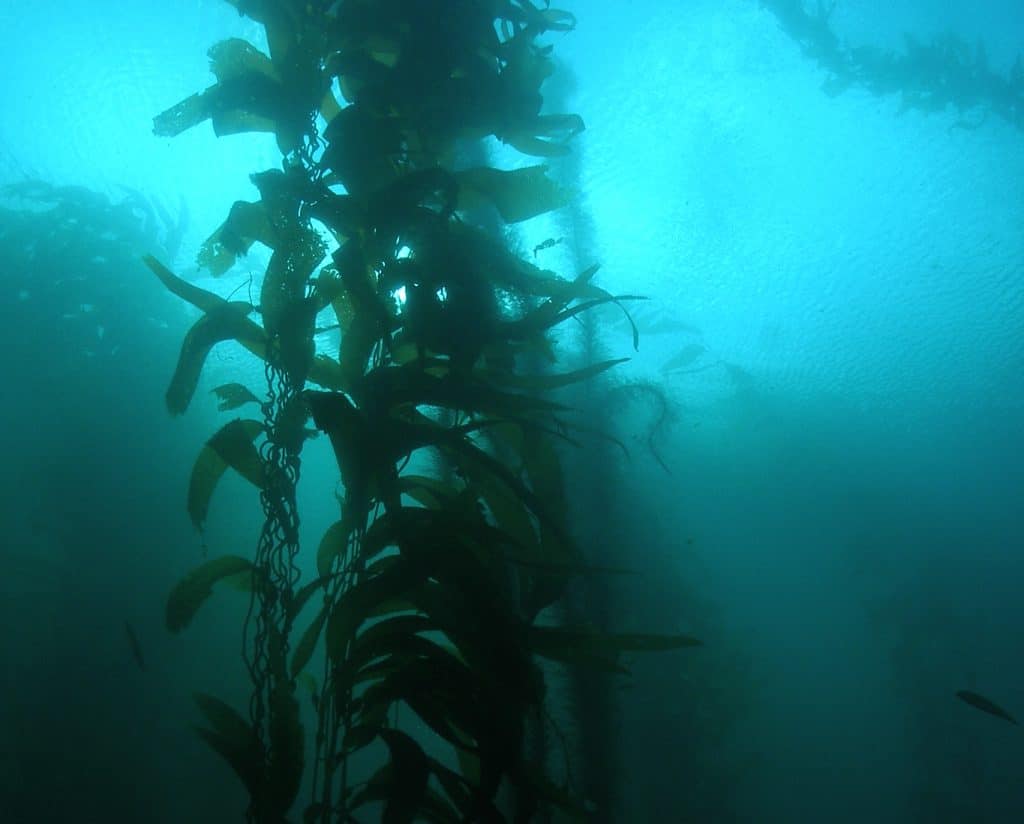
A growing number of companies are dumping seaweed and terrestrial biomass (such as wood) into the ocean so that it and the carbon it contains sinks to the ocean floor. Increasing numbers of projects are sinking biomass in this way on a commercial scale, despite fears that this will negatively impact ocean ecosystems, biogeochemistry and marine food webs, especially if carried out on a large scale.
Arctic ice management and other geoengineering proposals should remain science-fiction
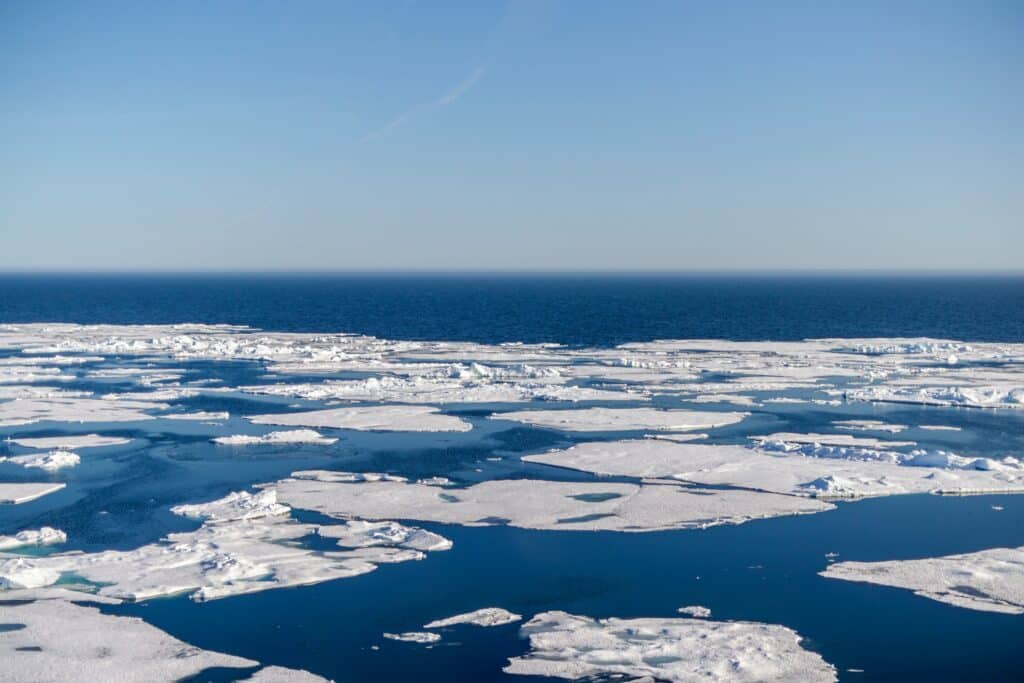
The Arctic Ice Project (AIP) proposes to cover Arctic land and sea ice with billions of tiny hollow glass balls in order to slow melting and/or restore ice. API describes the layer of floating reflective material that it is using as “an amorphous glass primarily composed of silicon dioxide (“silica”).” It adds that “silica is an inert compound made of two of the earth’s most abundant materials” and a “major constituent of sand.“
The Seaweed Delusion: Industrial seaweed will not cool the climate or save nature

As the world scrambles for a climate fix, seaweed – or “macroalgae” – has been thrust into the limelight. Buoyed by hype and hundreds of millions of dollars of so-called “green” investment, a new “blue carbon” seaweed industry is invading coasts and seas. Under close scrutiny, most of the arguments being used to promote these “blue carbon” seaweed projects – which include industrial-scale farming and sinking seaweed, through to “rewilding” and restoration projects – fail to stack up.
Download ETC Group’s report here.
